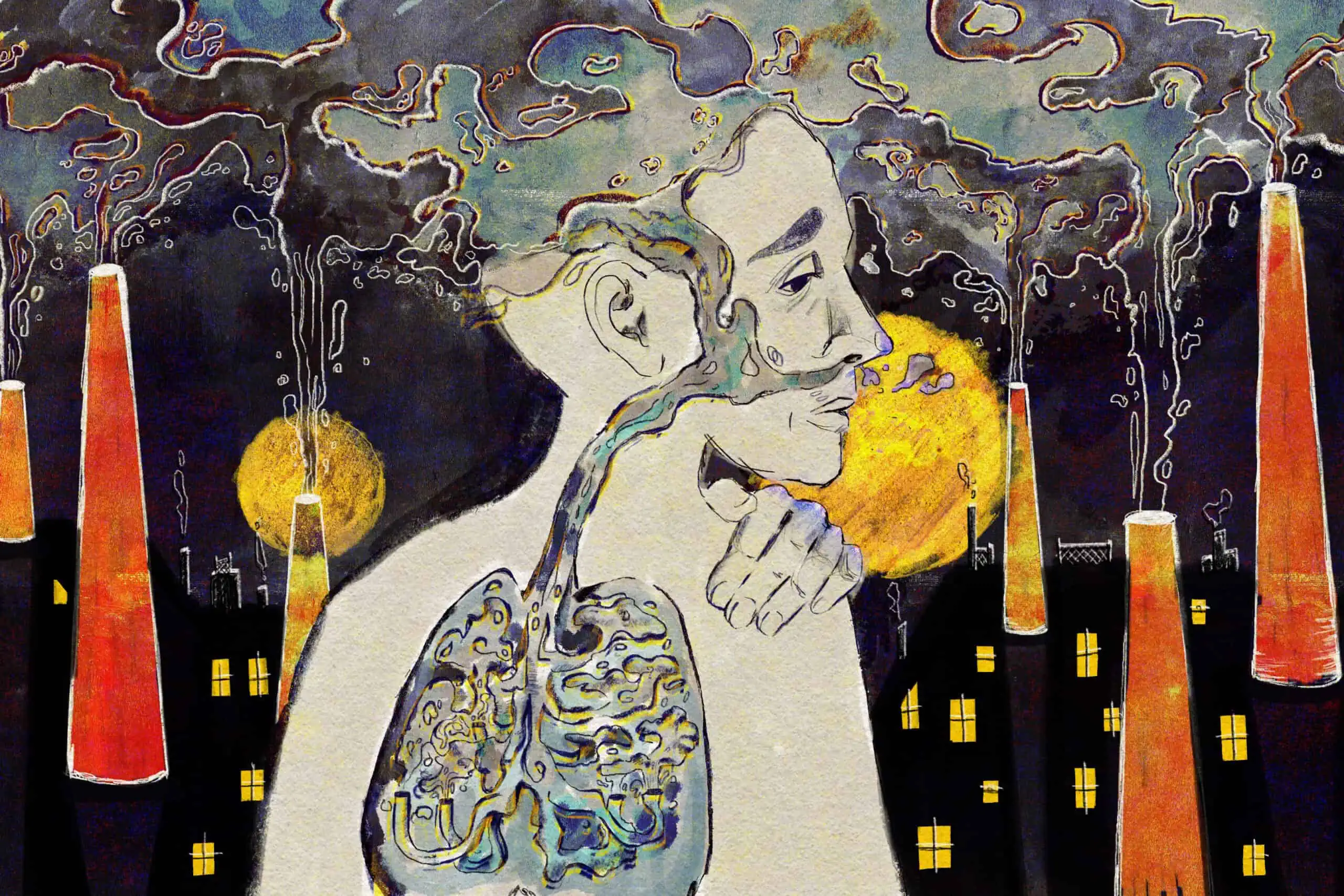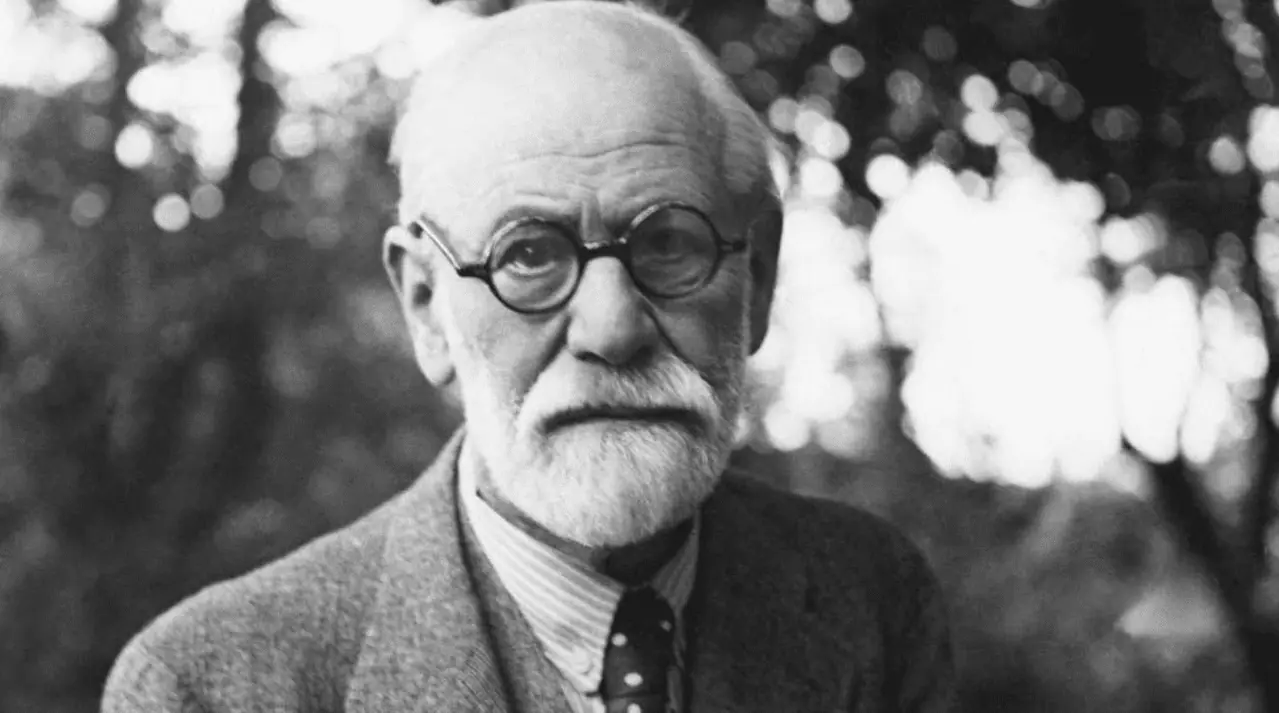The Importance of Verbal Communication in Treating Patients with Personality Disorders
“In therapy with patients with personality disorders, paying attention to their verbal expressions can reveal more about their true selves than their non-verbal cues.”
Introduction:
In teaching psychotherapy techniques to psychiatry residents and psychology interns, I provided advice that diverged from conventional wisdom. Contrary to focusing on non-verbal expressions and body language, I emphasized the significance of paying attention to the words verbalized by patients with personality disorders. This approach was based on the understanding that non-verbal behavior in individuals with personality disorders is purposefully misleading due to their role-playing tendencies.
The Significance of Non-Verbal Communication:
- Evolutionary Importance: Non-verbal communication evolved earlier in our species than language, making it a primal representation of our internal states.
- Reflecting True Feelings: In general, body language can be more reliable than verbal expressions in determining a person’s true emotions and beliefs.
Understanding Personality Disorders and Role-Playing:
- Playing Roles: Individuals with personality disorders often engage in role-playing within their families, assuming specific personas to fulfill various roles.
- Acting and False Persona: These individuals develop a false self or persona to effectively play their roles, concealing their true beliefs and emotions.
- Purposeful Misrepresentation: To convincingly play their roles, individuals with personality disorders deliberately project misleading body language, giving off impressions that contradict their genuine selves.
- Trial and Error: They learn to exhibit the appropriate body language through trial and error, perfecting their acting skills.
The Significance of Verbal Behavior:
- Ambiguity in Language: Verbal behavior of individuals with personality disorders can also be misleading, but language presents a peculiarity that therapists can leverage.
- Exploring Alternative Interpretations: When patients express ambiguous statements, therapists are advised to consider less obvious interpretations, opening up possibilities for deeper understanding.
- Unveiling Subtle Clues: Examining the less apparent meaning behind ambiguous statements can unveil hidden emotions and beliefs that may align with the patient’s true self.
Case Example: Ambiguous Verbal Communication:
- Mother’s Criticism: The case of a nurse whose mother yelled, “I can’t believe you talk to doctors that way!” is analyzed.
- Tone vs. Words: Although the nurse interpreted her mother’s remark as criticism based on the tone, the words themselves did not contain a value judgment.
- Hidden Admiration: Considering the ambiguity, it is speculated that the mother actually admired her outspoken daughter but could not openly acknowledge it.
- Vicarious Fulfillment: The nurse’s behavior allowed the mother to experience fulfillment vicariously, contributing to the complexity of their interaction.
Conclusion:
Understanding the dynamics of verbal and non-verbal communication in patients with personality disorders is essential for effective therapy. While non-verbal cues may generally provide valuable insights, the deliberate role-playing tendencies of individuals with personality disorders can render their body language misleading. By carefully attending to verbal expressions and exploring alternative interpretations, therapists can gain deeper insights into their patients’ emotions, beliefs, and underlying motivations. This comprehensive approach enables more nuanced and effective interventions for individuals with personality disorders.
“Understanding the complexity of verbal and non-verbal communication is essential when treating patients with personality disorders and navigating the intricacies of their role-playing tendencies.”

Offered by our Wellcare World friend at
Trending Also -> Physiotherapy Terahertz Technology TeraMD
Wellcare World specializes in providing the latest advancements in wellness technology, supplementation, and lifestyle changes that improve health and increase the quality of people's lives. To learn more, visit WellcareWorld.com and begin living a better life today.
Share Us With Others









